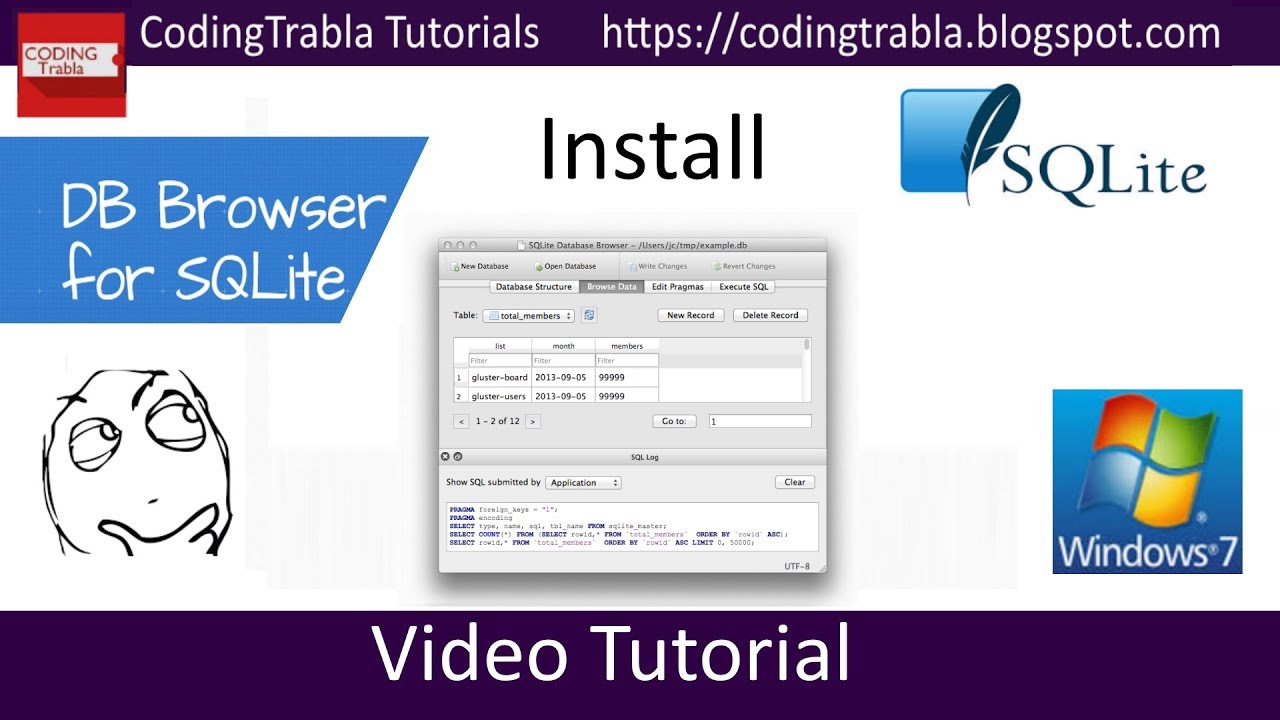

Before the data is made publicly available, agencies can be overzealous in scrubbing it of the details that are not only interesting, but provide vital context needed to accurately analyze the data. That said, it's not easy to learn SQL with public data. We study public data because its free, its creation is a result of our tax dollars, and its contents and insights influence our laws and policies. If(!databasePath.getParentFile().Whoever first thought "If you didn't do anything wrong, what do you have to hide?" obviously didn't know SQL. Let’s use these two options together: File databasePath = getDatabasePath("my_database1") The second one is supported since API 11 and it is a little bit less efficient since it switches already created SQLiteDatabase object to WAL mode via SQLiteDatabase.enableWriteAheadLogging() method. The first one works for API 16 and above, it uses SQLiteDatabase.ENABLE_WRITE_AHEAD_LOGGING flag in SQLiteDatabase.openDatabase() method.
Unable to delete records in db browser for sqlite how to#
There are two ways of how to enable Write-Ahead log. When another thread wants to read from database, it simply remembers the last commit record in WAL file and ignore anything behind it for this one reading session. Commit is simply written to WAL file as another record. In this approach anyone can read from main database file while someone else is writing to Write-Ahead log.īecause Write-Ahead log is merged back in bulk, many transactions can appear in it. This happens automatically and this operation is called checkpointing. It simply writes changes to WAL file and later moves them to main database file. Don’t hesitate to enable it even if you don’t need a parallel read and write. To be honest, it is much more better in almost all real-world use-cases. Solution is to switch to Write-Ahead Log which works much better for our purposes. Now we know the show-stopper is rollback journal. This is why we cannot read when other thread is writing – you would read uncommitted and potentially inconsistent data from main database file. In case of rollback, all records from rollback journal are restored back to main file. On commit main database file is already modified, so SQLite only delete rollback journal file and transaction is persisted. Then it writes changes directly in main database file and original records are moved to rollback journal.

When a thread wants to write into a database, it needs to lock the database file with EXCLUSIVE a lock to avoid any concurrent reads or writes. Let me explain briefly how rollback journal works.

Before digging deeper, let me remind you that every writing to SQLite has to be done in transaction, even if implicit or explicit.

These are mechanisms ensuring atomic commit and rollback in transactions. Simultaneous read-write is in joogar enabled by default as well as many other cool features 🙂įor more details and example of implementation without joogar continue reading … Why we cannot read when writing in transaction The simplest way to read in parallel with writing transaction is to use our ORM joogar. Unfortunately, simultaneous writing from more than one thread is not allowed. This article show you how to have one writing thread and many reading threads at the same time. For example, you want to sync data in background with transaction opened and allow user to browse data in UI at the same time. In many situations you need to read from SQLite database and write to it simultaneously.


 0 kommentar(er)
0 kommentar(er)
